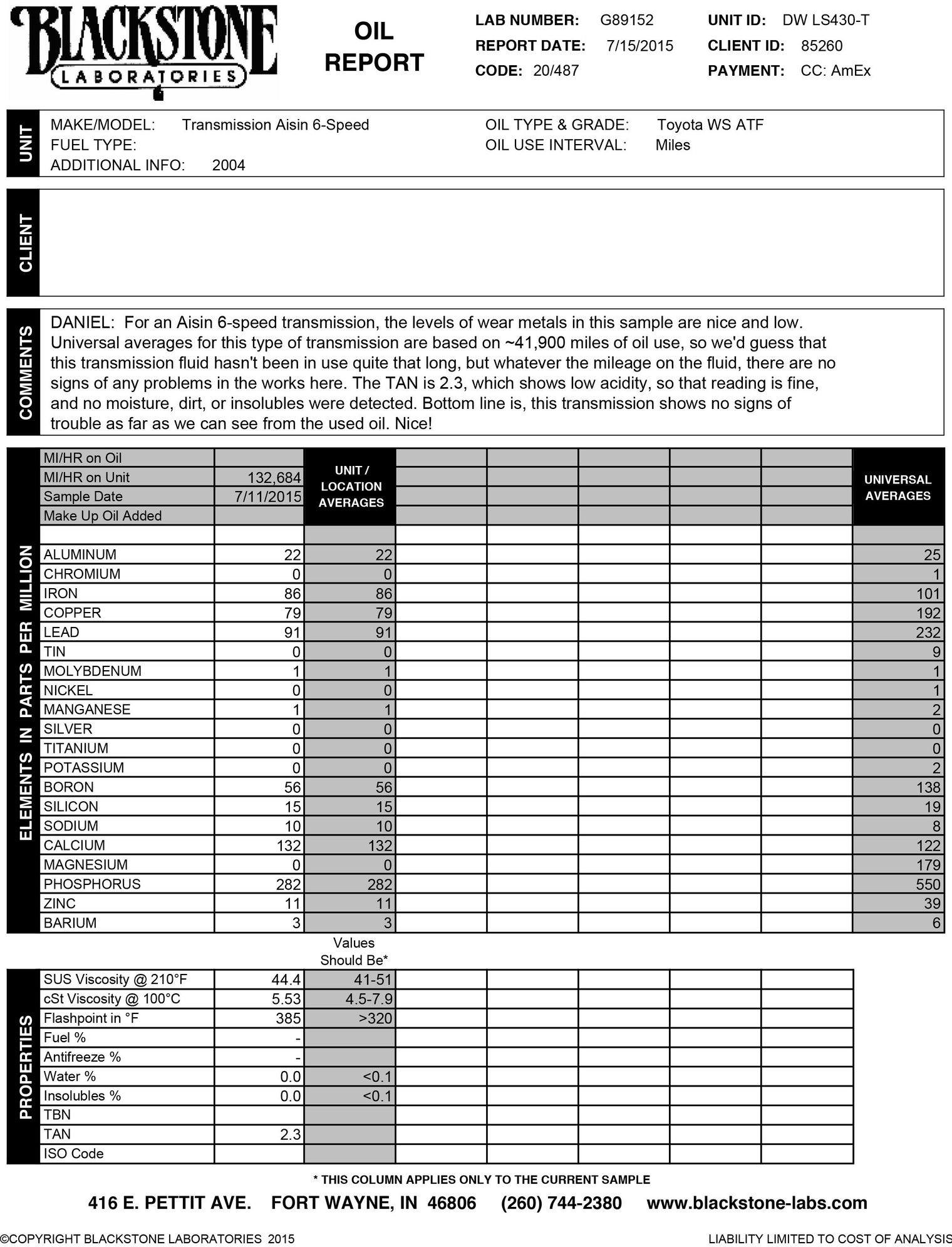

On some hybrids, checking or changing the transmission fluid requires the use of special tools and complicated time-consuming procedures.ĭuring routine maintenance services on vehicles with sealed transmissions, most repair centers simply perform a visual check for leaks and, if none are found, report that the fluid level is satisfactory. While the use of “lifetime” transmission fluids gives the owner one less thing to worry about, it does make it more complicated for a technician to top-up or replace fluid due to leaks or service operations that result in a loss of transmission fluid. In fact, some service plugs have paint markings that will indicate if the seal has been broken, which could void the vehicle warranty if it can be shown an improper fluid was used in the transmission. However, unless there are external signs of transmission fluid leakage there is really no need to do so. In place of a dipstick, these transmissions have service ports with threaded plugs that can be removed to check and top up the fluid level. However, increasing numbers of newer vehicles have sealed transmission filled with “lifetime” fluid that doesn’t need to be changed until the odometer nears or passes the 100,000-mile mark. Most cars with automatic transmissions have dipsticks for quick and easy fluid level checks. To make sure the work is done right, it’s always a good idea to have your car serviced by a technician who has the experience, training and up-to-date service information necessary to work on your particular make and model of vehicle.
Sealed transmission fluid change manual#
Consult the owner’s manual and make sure any fluid used meets all of the applicable specifications. With such high stakes, it’s important to take your vehicle manufacturer’s automatic transmission fluid recommendations seriously. Using the wrong fluid in a transmission can cause problems ranging from erratic operation all the way to complete (and expensive) gearbox failure. While a transmission built by an automaker may use one type of fluid, a gearbox from an outside vendor may require a fluid that meets a very different set of specifications. To further complicate things, automakers often outsource components, including transmissions, from third party suppliers. As part of these changes, new transmission types often require highly specialized fluids for proper operation and a long service life. Some of the changes include more forward gears in conventional automatics, and alternative designs such as dual-clutch or continuously variable transmissions. Automatic transmissions are becoming more efficient every year as engineers endeavor to maximize fuel economy and reduce pollution.


 0 kommentar(er)
0 kommentar(er)
